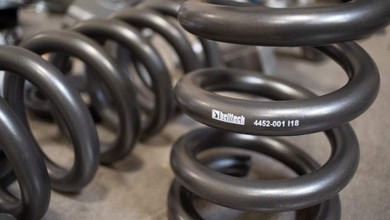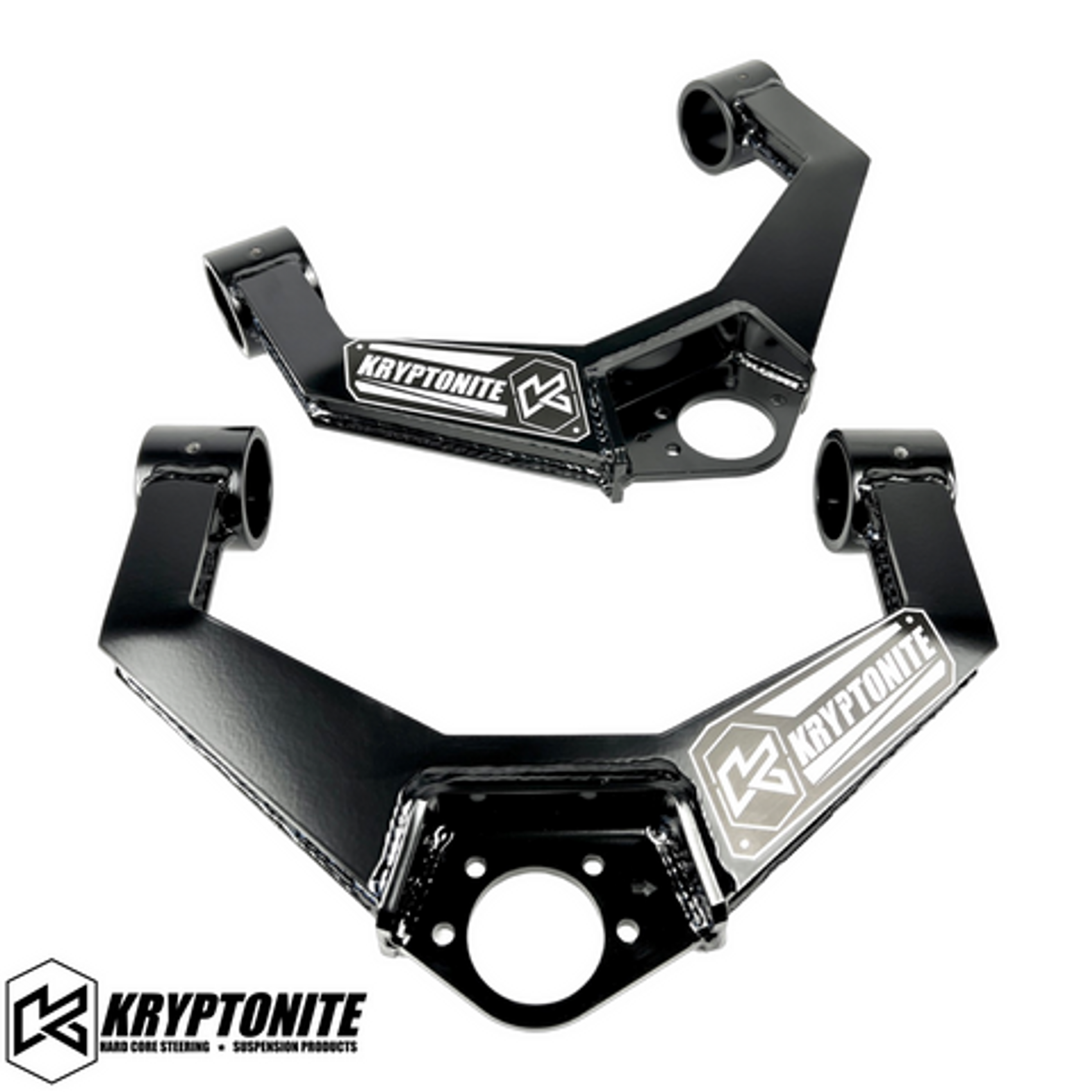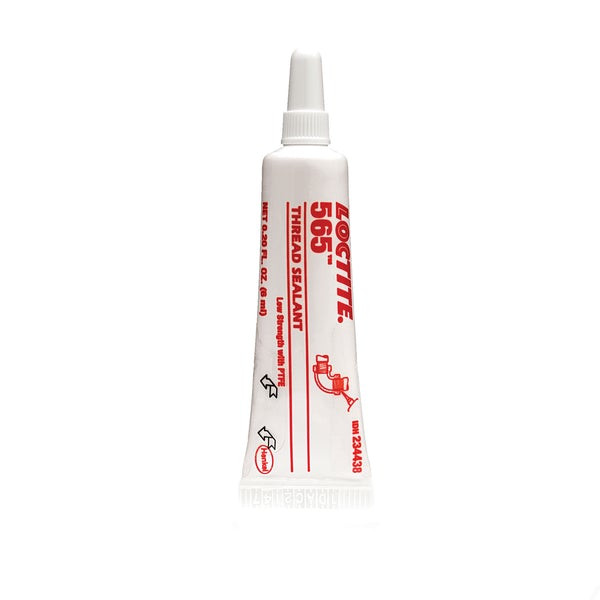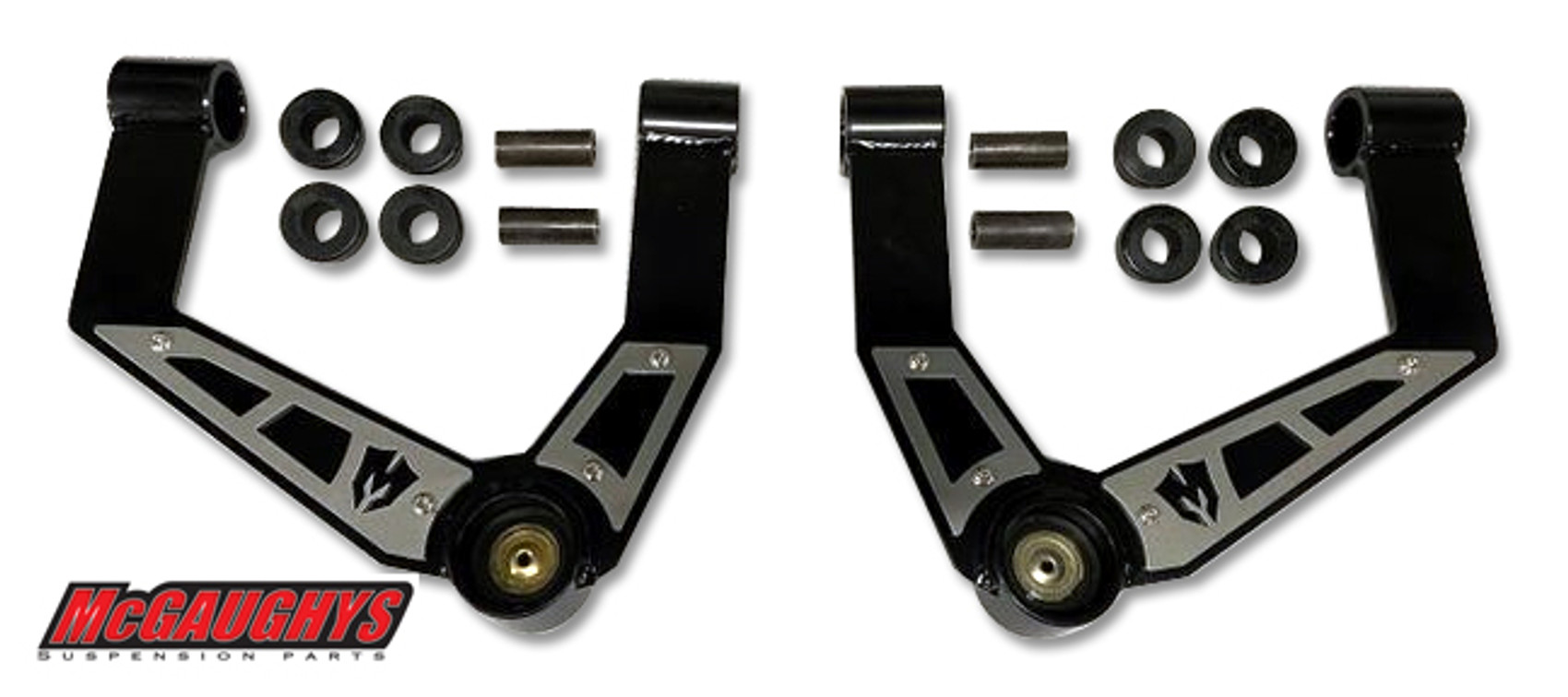Whether it’s cool or not cool to have a static drop on your truck depends a lot on your social circle. Some people think it’s just a step that you take on your way to airbags, while others look at it as the final destination. Who wants adjustable height when you could have incredible handling, right?
But, like most things, there are benefits and drawbacks. So what are they and how do they apply to your ride? Let’s find out.
The benefits of a static drop.
Although airbags and hydraulics are cool, the fact is, they do have their problems. Lines can rupture, valves can fail and compressors can stop compressing. The first big victory in the win column for static drops is that none of that applies. Whether you have a set of dropped springs or a full-on coilover set, none of those things apply. Everything is static, and there are no parts that will just break on you in seemingly random fashion. Sure, parts can wear down, but otherwise, they’re going to be the same on day one as they are on day 1,001.
Another thing — and this sounds obvious, but bear with us — you’ll always know your ride height. Although Accuair and Ridetech have made pressure- and height- based control systems pretty popular, there are still plenty of folks that have gauges and valves. Do you ever really know your ride height in those scenarios? Not really, no. So if you come across a bump in the road, you’re never quite sure if your crossmember is about to kiss the pavement gently or slam into it. With a static drop, your only variable is whether you or your passenger is packing some extra weight. Otherwise, it is what it is — and that never changes.
For the most part, a static drop is cheaper than your standard airbag setup. Now that’s not the case when you start looking at coilover kits, but you get the idea. If you’ve got the itch to be low but don’t want to spend a ton of cash, a static drop is a good way to get started. And it’s also great to figure out if you want to go lower or not. Sometimes a 2/4 kit is just fine. Other times, you want that 5/7. And a static drop is a good way to find out.
The drawbacks of a static drop.
So now you’ve heard the good, what about the bad? Well for one, static drops are not airbags or hydraulics. Because you always know your ride height, you always know what you can and can’t get over — and that can leave you stuck, high centered on a speed bump somewhere. It means that you always have to take curbed entrances just right while making sure the incline getting into that parking garage isn’t too steep. It can be difficult to manage.
Speaking of turning, that too can suck with a static drop, particularly if you’re pretty low. Taking a sharp approach into anything can cause rubbing, and if you hit a bump during the turn, you can definitely screw up a tire and fender. And tire rub? If your wheels and tires aren’t set up to handle a decent turn, you’ll be peeling rubber off your fender lips all day long. And that’s a drag.
Another thing? Tires. With airbags or hydraulics, your tires will cycle up and down from negative to positive camber and everywhere in between — but it will generally do it in a fairly regular pattern. With a static drop, your truck is likely always in some form of negative camber up front, and on a car that can apply to all four corners. Negative camber will burn out a set of tires pretty quickly, so keep some extra cash on hand to buy a set or three.
So what’s the call?
Well shoot, that’s not our decision to make, now is it? From our perspective, you can’t go wrong with a static drop. It’s a great way to figure out if you want a lowered ride or not, or just a cool way to get around town. Either way, you’re on the winning side.







